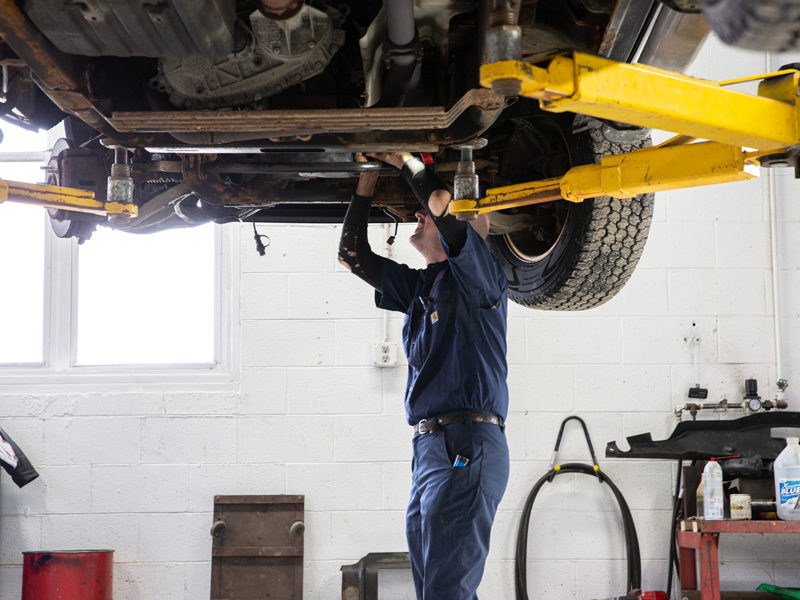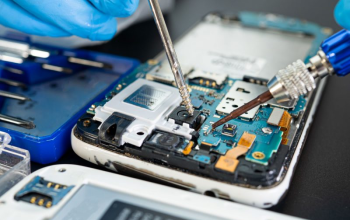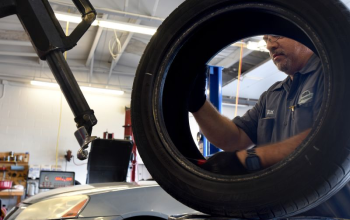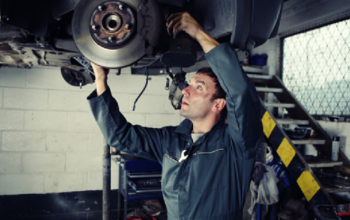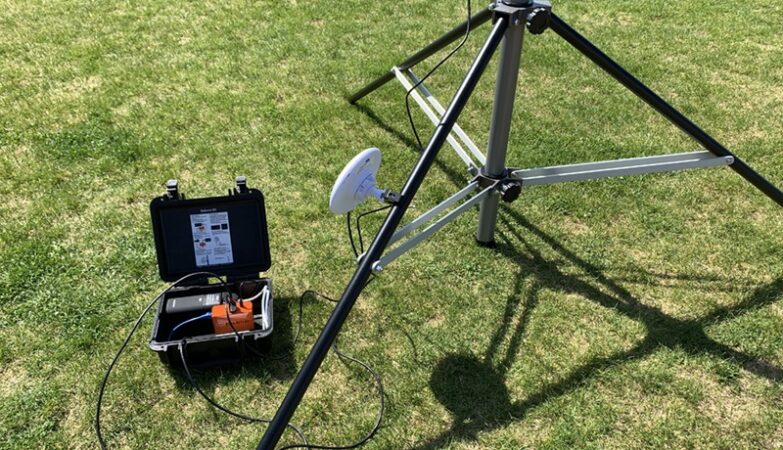In a fast-paced consumer-driven world, the throwaway culture has become a norm. When something breaks, our immediate response is often to replace it with a new item. However, there is a rising movement that seeks to challenge this mindset – the art of repair. Repairing not only helps us save money but also reduces waste and fosters a sense of connection with the objects we use. This article delves into the significance of repair, its environmental impact, and how embracing repair can enrich our lives.
The Environmental Imperative:
The planet is grappling with an escalating environmental crisis, where discarded products are piling up in landfills, oceans, and even in remote wilderness areas. Repairing objects instead of discarding them is an essential step towards combating this crisis. When we repair, we conserve resources and energy that would have otherwise been expended in manufacturing new items. By extending the lifespan of products, we significantly reduce our ecological footprint.
Reviving Sentimental Value:
Repair is not just about fixing something practical; it is also about restoring sentimental value to an object. A family heirloom, a cherished childhood toy, or an old photograph frame carries memories and emotions. When we choose to repair these items rather than replacing them, we preserve the stories and connections they hold, creating a bridge between generations and reinforcing a sense of continuity.
Fostering Creativity and Problem-Solving:
Engaging in repair work requires creativity and problem-solving skills. It encourages us to think outside the box and come up with innovative solutions. Each repair project presents a unique challenge, allowing us to grow and develop new skills. This not only boosts our self-confidence but also nurtures a DIY (Do-It-Yourself) culture that empowers individuals to be self-reliant.
Building a Repair Community:
The art of repair is more than just an individual endeavor; it fosters a sense of community. Repair cafes and workshops have sprouted in various parts of the world, where people come together to mend and share their skills. These repair hubs provide a platform for learning from one another, fostering a culture of collaboration, and bringing people from diverse backgrounds closer.
Promoting Sustainability in Industries:
While embracing repair on a personal level is crucial, it also influences industries and manufacturers. When consumers show a preference for durable and repairable products, manufacturers are encouraged to produce goods that can be easily fixed, dismantled, and recycled. This shift in demand can drive companies towards adopting more sustainable practices, leading to a positive impact on the entire production chain.
Mindset Shift: Repair vs. Replace:
The transition from a throwaway culture to a repair culture requires a significant mindset shift. It entails moving away from instant gratification and acknowledging that some things are worth investing time and effort into. Repairing might not always be the quickest solution, but it instills a sense of responsibility towards the objects we possess and the environment we share.
Preserving Traditional Craftsmanship:
As modern technology continues to advance, traditional craftsmanship can be overshadowed. Repairing allows us to preserve and value these time-honored skills, passed down through generations. Whether it’s a cobbler fixing shoes or a master carpenter restoring antique furniture, repair sustains the legacy of craftsmanship and keeps cultural heritage alive.
Conclusion:
Repair is not merely a practical solution to extend the life of objects; it is a mindset that encompasses sustainability, creativity, community building, and reverence for craftsmanship. By embracing repair in our lives, we take a stand against the wastefulness of the throwaway culture. Each repaired item becomes a testament to our determination to cherish and respect the things we own and the planet we inhabit. As we cultivate the art of repair, we not only breathe new life into the old but also forge a path towards a more sustainable and fulfilling future.


